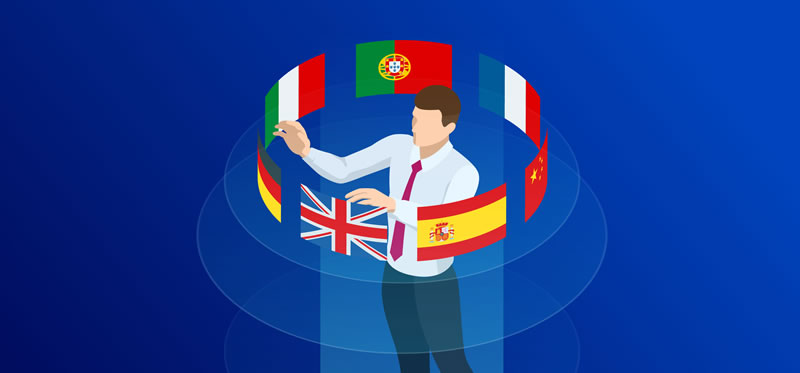
If you are targeting multiple markets that speak different languages, then translation will be an important part of your international marketing efforts.
By having your content in the language(s) of your target audience, you can ensure you are communicating with them clearly, effectively and compellingly.
However, buying translation can seem confusing and intimidating, if you are unfamiliar with the process of what is involved.
Never fear, this blog post will break down the kind of costs you can expect in a typical translation project.

1. Project set-up and file preparation
These costs usually only apply to complex projects. They may include preparing technical files to isolate the relevant content for translation and protect tags, extracting content from uneditable images, aligning historic content into a translation memory, and more. If pre-processing stages are chargeable, the efforts are usually estimated so that you can decide whether to go ahead or discuss an alternative process or scope of work.
2. Translation and review
The translation and review steps are based on the word count of the source file(s) you sent for analysis.
The translation step is usually broken down in the quote to match against the analysis match types. The translation memory is analysed to find similar matches and where found, discounts are applied to those strings.
Review is often quoted at a rate per word, or you might see it charged as an hourly service. This service is usually recommended. In fact, if you are requesting an ISO 17100 compliant project, it is a requirement of the service.
3. Engineering and testing
We often receive projects which require elements of engineering time and testing once the translated files are received. This time may cover several activities such as converting the files ready for linguistic and cosmetic testers, the testing phase itself, and the bug fixing which must be done as a result of the testing.
For projects where you need connectors setting up, or automations implemented, the engineering may occur at the start, during, and throughout the collaboration. However, more complex projects like this would usually be discussed in detail to ensure you agree to the steps and the related costs.
Engineering fees may apply per file, project, language, or ad hoc requirement.
4. Project management fee
Your quote may also include a project management fee which is applied to the cost of the whole project. Translation companies usually calculate this in one of two ways: by applying a percentage of the total cost of the project, or by applying an hourly rate for the time taken by the Project Manager to manage the whole translation process.
I hope this blog post has given you a useful introduction to understanding translation costing. For more in-depth information, read the full-length guide here. The guide covers:
- the key things to consider when submitting a translation request
- the importance of briefing and references
- how to get the most out of your existing content
- how to understand translation costing







